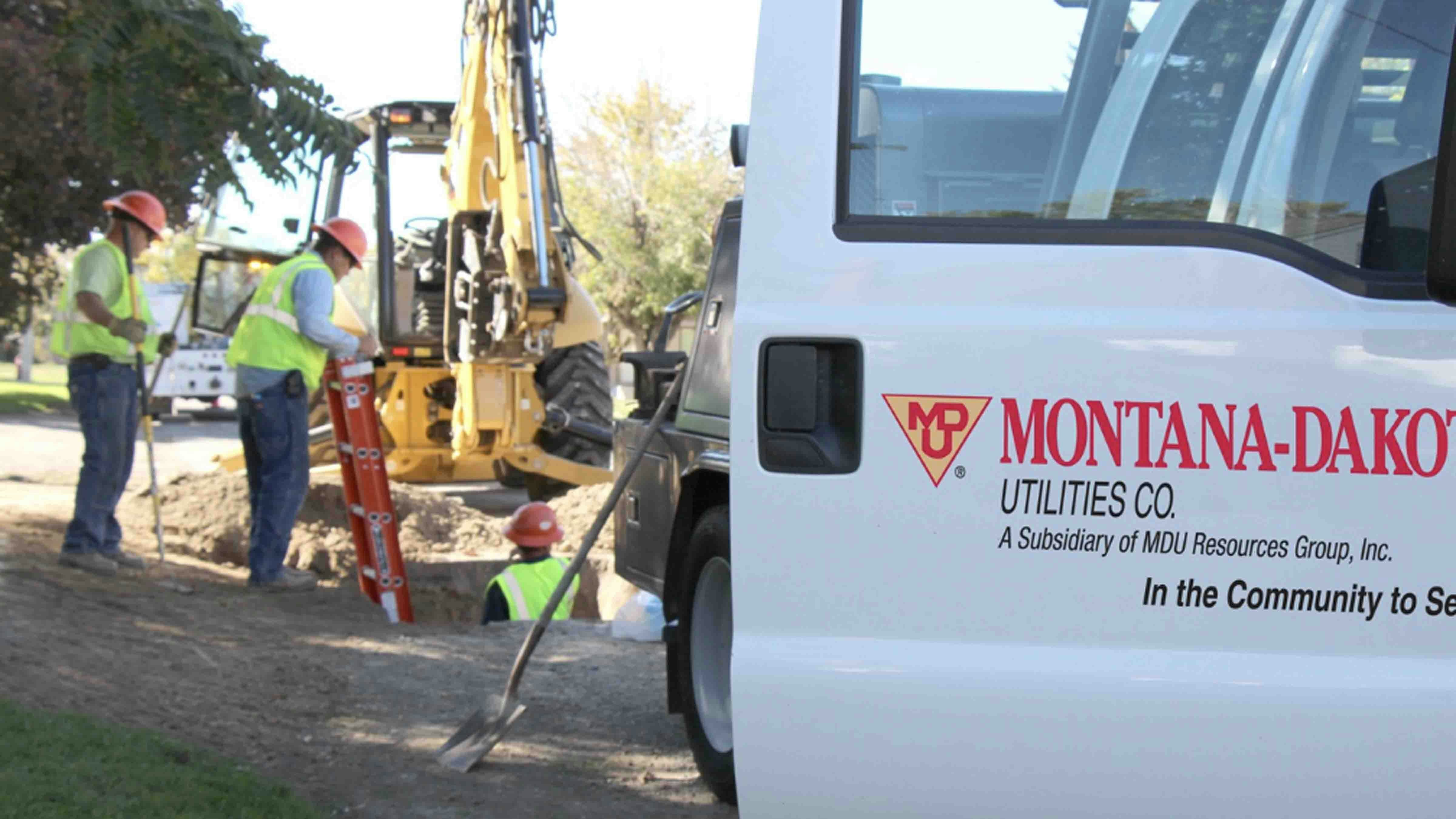Fuel taxes alone can’t keep pace with the cost of highway maintenance in a future with electric vehicles and fuel-efficient engines, Sen. Stephan Pappas, R-Cheyenne, said.
“The problem with the current fuel tax is it’s not sustainable,” Pappas said. “We’re changing our habits in the U.S. We’ve got new urban models, telecommuting, people are staying home, and many people don’t even own cars.”
While most of these challenges are hitting metropolitan areas the heaviest, Pappas said Wyoming can’t rely on rural insulation forever.
“We may be working more remotely in the future than we currently do,” he explained. “Also, there’s a growing number of hybrid vehicles, and a number of purely electric vehicles as well.”
Fuel taxes could be in the spotlight during the 2020 Legislative Session as legislators scramble to close the growing funding gap in Wyoming Department of Transportation’s road maintenance budget.
A member of the Wyoming Legislature’s Transportation, Highway and Military Affairs Joint Committee, Pappas recently voted against an Interstate 80 toll road proposal, because he said he’s not sure a toll road could close the gap by itself.
“There’s a bunch of ways to skin a cat,” he said. “I don’t think there is a singular option that can fix the state’s highway situation. I think the answer will be multi-faceted.”
To that end, Pappas is drafting a bill to create a task force which will look at several revenue options for highway construction and maintenance. The bill draft is slated for presentation to his committee in October.
Tax at the rack
Describing the state’s fuel tax as complex is somewhat of an understatement, said Wayne Hassinger, the WYDOT Fuel Tax Administration program manager.
“There are no straight lines when it comes to fuel tax,” Hassinger explained. “When we hire a new employee, they go through 12-18 months of training to administer the fuel tax.”
Wyoming charges distributors, suppliers and importers fuel tax at the rack, the physical location fuel exits the terminal or refinery.
“A terminal is a location where multiple suppliers store their fuel,” said Kim Peters, the WYDOT Fuel Tax Program supervisor.
From the rack, fuel is loaded into semi-trucks and rail cars before being shipping to locations such as gas stations and bulk storage facilities.
“We impose the tax when it crosses the rack, but it’s a tax on the ultimate user,” Hassinger explained. “When you buy gas, you pay the tax, but it’s already been paid up the line. So somebody in that line is getting reimbursed when you pay it at the pump.”
In 2013, Wyoming raised both the gas and diesel tax from 14 cents to 24 cents a gallon, Hassinger said. Prior to that, the state had not raised the fuel tax since the late ’90s, he added.
While all gas and diesel is taxed at the rack, the point at which the end user refunds the supplier determines how the money is distributed throughout the state.
When the suppliers submit their tax returns, they identify where the taxed fuel was destined.
“There’s a (tax) distribution model for gas and a different distribution model for diesel,” Hassinger said.
If the fuel is gas and destined for a city, the city will get 15 percent of the tax collected. For diesel, cities’ collect 5 percent of tax collected within city limits.
If the fuel is sold outside city limits, the county receives a portion of the tax collected. Counties receive about 13 percent of taxes collected on gas and 20 percent of diesel taxes.
The remaining tax collected is earmarked for several accounts, with the primary being WYDOT’s highway fund, which is used for highway construction and maintenance, Hassinger explained. WYDOT can only spend fuel tax monies on road construction and maintenance, but he said counties and cities are permitted to use the revenue as they see fit.
The highway fund receives about 57 percent of tax collected for gas sales and 75 percent of diesel tax.
During fiscal year 2018, Wyoming collected about $83.3 million for gas taxes and about $84.5 million for diesel taxes. In late calendar year 2018, WYDOT reported to the Legislature about $135 million in unfunded operating expenses, including more than $72 million in construction and maintenance.
User fees
As the future of travel evolves, Pappas said the state’s methods of funding infrastructure need to keep pace.
“America is really falling in love with the electric vehicle,” he said. “Experts predict 55 percent of all new car sales in the U.S. will electric by 2040.”
Hassinger said Wyoming was in the first wave of states to charge electric vehicles a use tax, which recently increased from $50 to $200 annually. But Pappas said the increase wouldn’t close the funding gap.
“If we were California, (electric vehicle user fees) might work out, but we’re not California,” he said.
The fee only applies to electric vehicles registered in Wyoming, so the state captures no additional revenue from electric vehicles registered in other states and traveling on Wyoming highways.
“You could charge Wyoming (electric vehicle) users thousands and thousands — it’s not going cover the cost of maintaining the roads,” Pappas explained.
The federal government also taxes fuel, but Hassinger said it hasn’t raised taxes in 30 years and Wyoming receives the lowest federal reimbursement allowable.
“Fuel taxes are a user fee — when you pay fuel tax, you’re paying to use the road,” Hassinger said. “Every state is struggling with this: How to fund rising infrastructure costs with diminishing revenues. The national consensus is it’s likely going to be a mix of all sorts of things.”





